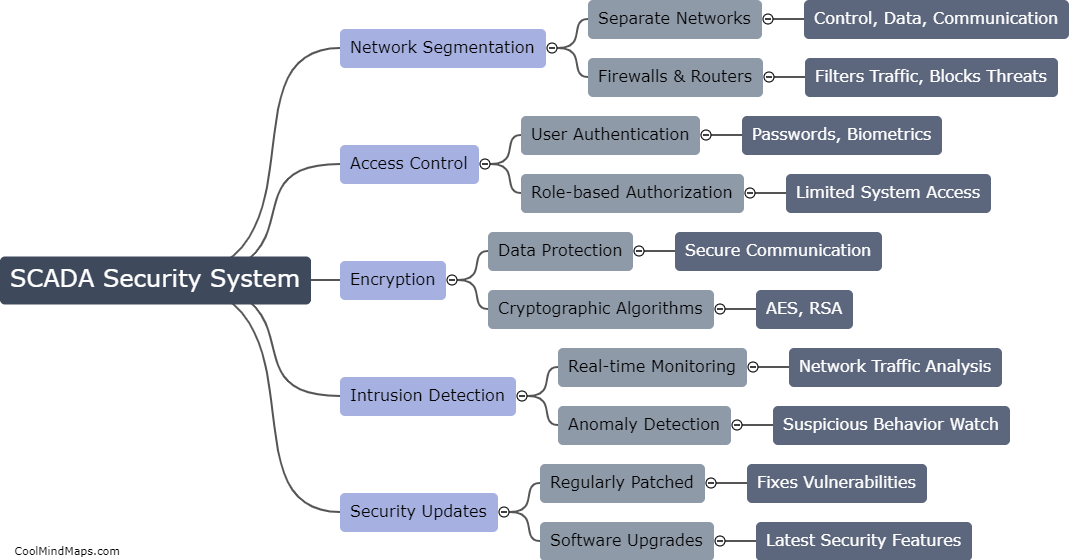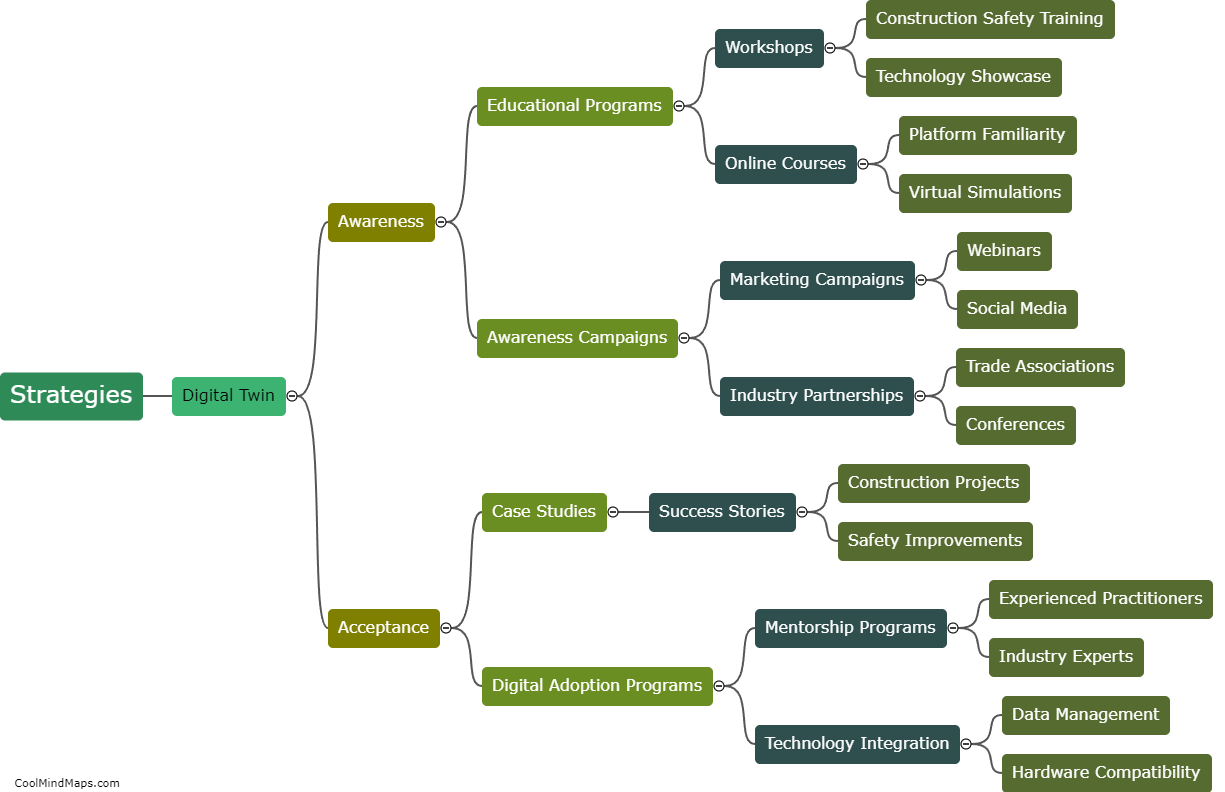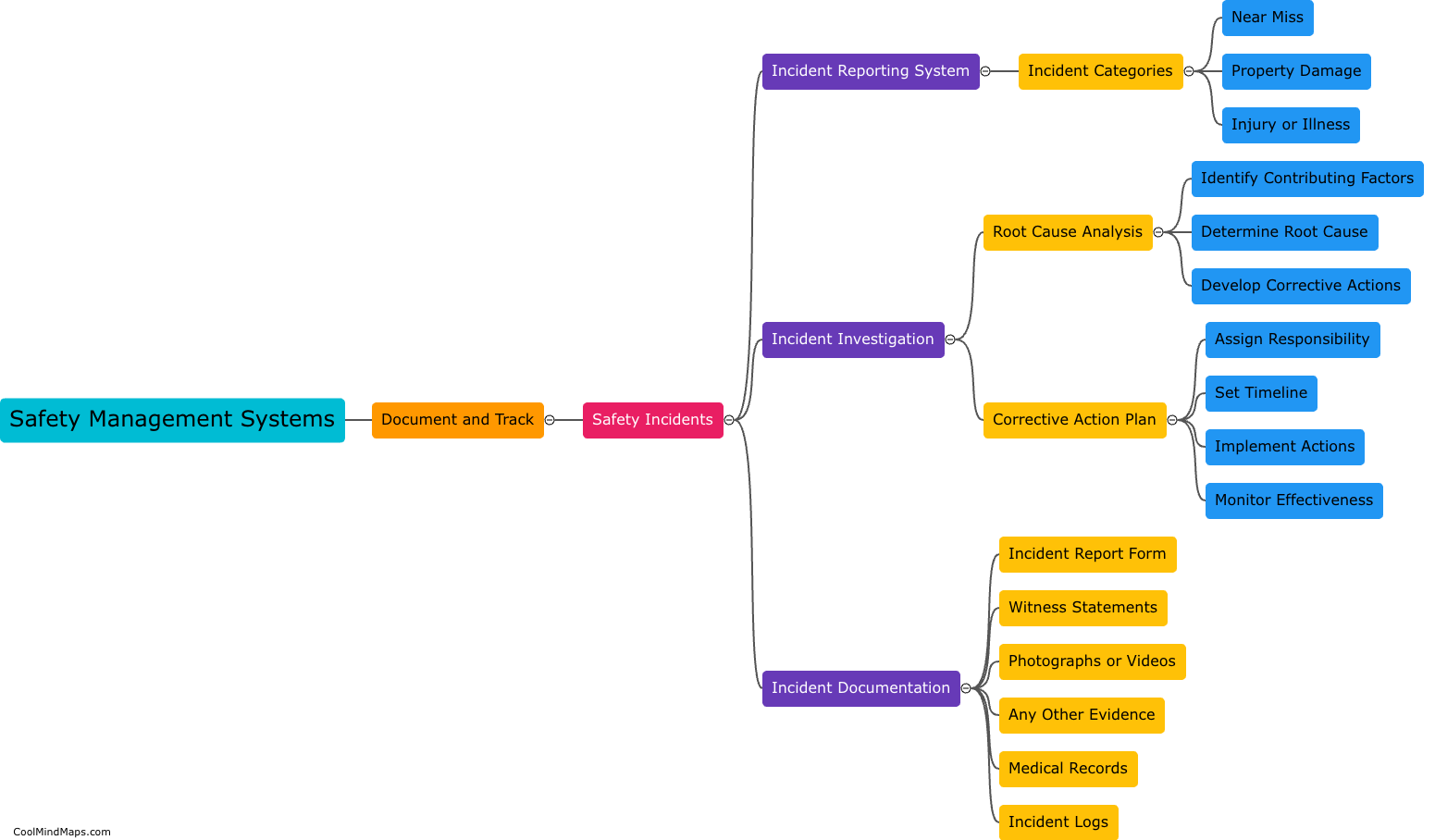What factors contribute to awareness and acceptance of Digital Twin technology?
The awareness and acceptance of Digital Twin technology are influenced by several factors. Firstly, technological advancements play a crucial role in driving awareness as people become more exposed to and familiar with the concept. As the Internet of Things (IoT) and Industrial Internet of Things (IIoT) become increasingly prevalent, the potential benefits and capabilities of Digital Twins become more pronounced. Secondly, successful implementation and demonstration of Digital Twin applications in various industries contribute to its acceptance. When businesses witness the positive impact of this technology on efficiency, productivity, and cost savings, they are more likely to embrace it. Additionally, collaboration and knowledge-sharing among industry experts, researchers, and innovators help increase awareness and understanding. As more experts validate the value and viability of Digital Twins, their acceptance grows. Lastly, regulatory environments, standards, and government support also influence awareness and acceptance. When governments encourage and invest in Digital Twin initiatives, it provides a clear signal to industries to adopt this technology. Overall, the interplay between technological advancements, successful implementations, collaboration, and regulatory support collectively contribute to the awareness and acceptance of Digital Twin technology.

This mind map was published on 15 November 2023 and has been viewed 90 times.











